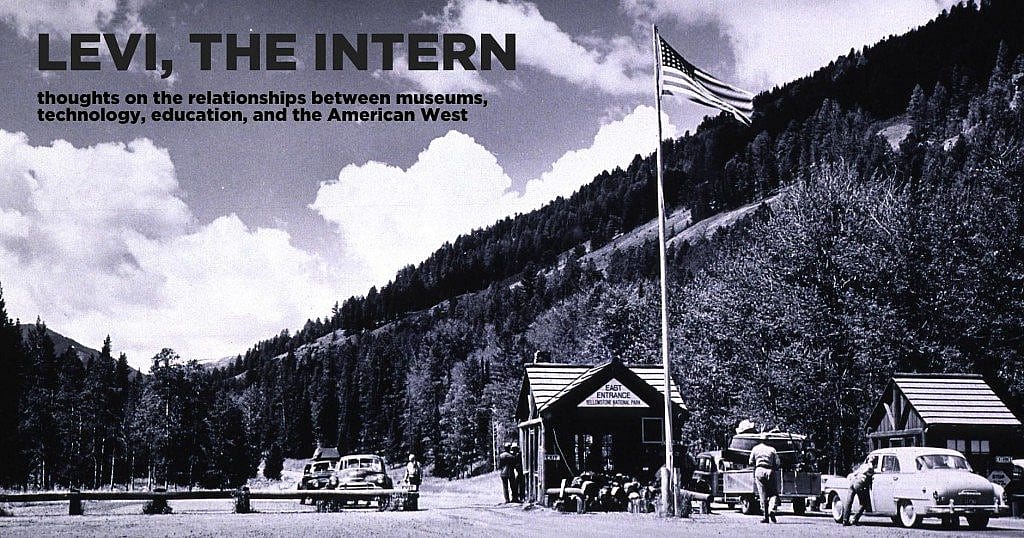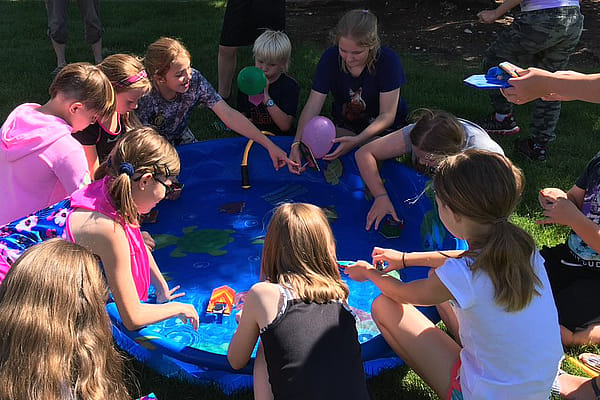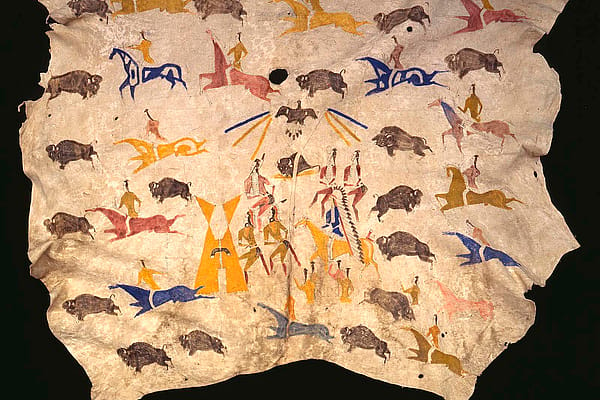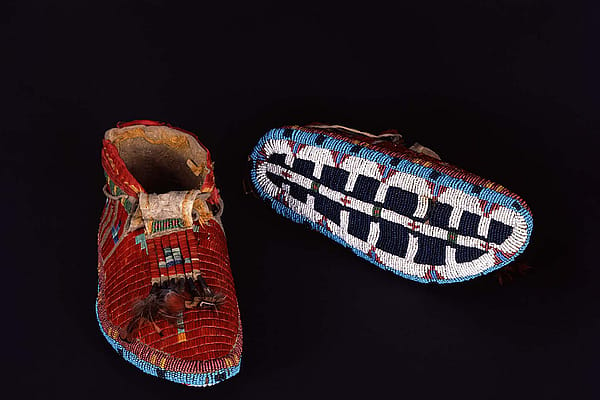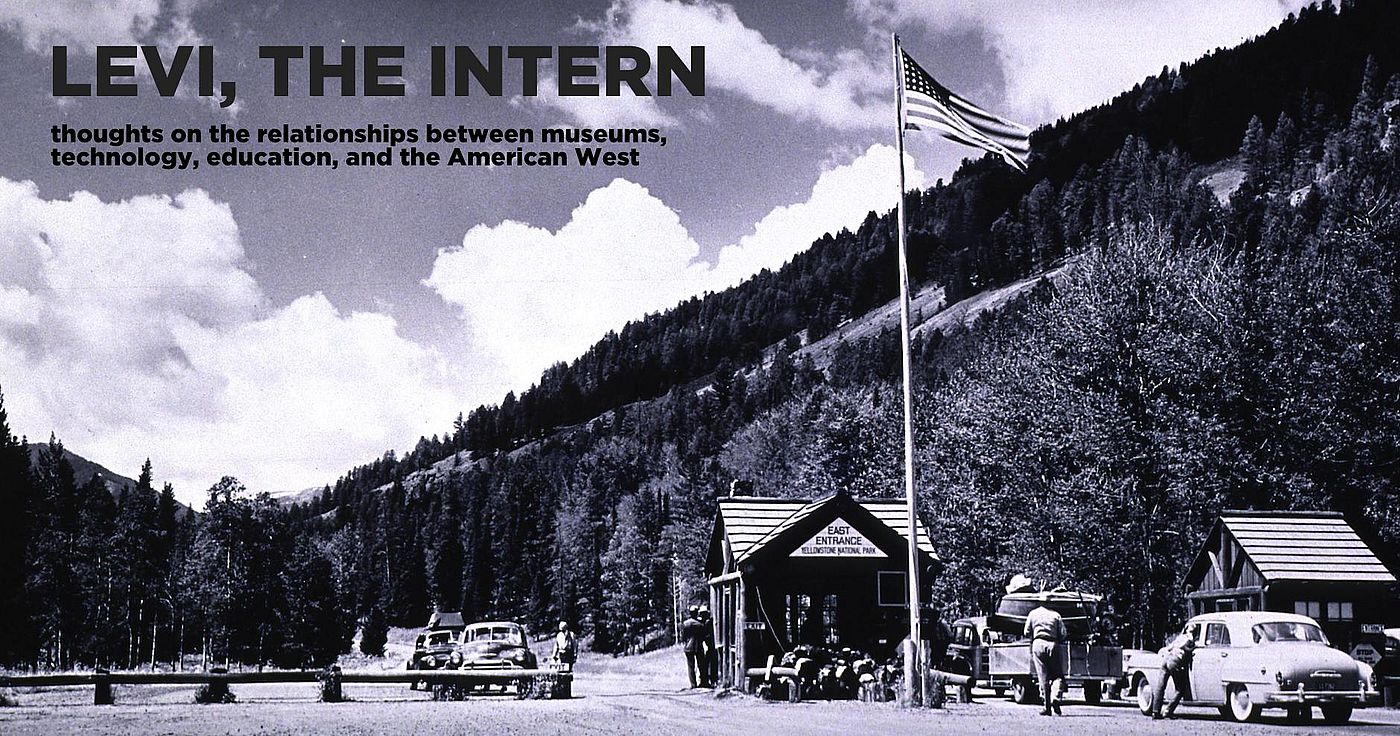
When “Real” Isn’t Real Enough: Virtual Reality in Museums
Imagine waking up one morning, hopping out of bed, and trotting into the Center’s Draper Natural History Museum. You can hear the sounds of wolves howling and birds chirping as you walk right by a 500-pound grizzly bear. You’re completely immersed in the museum, but you’re really standing in front of your dirty dishes—in fact, you’re not even wearing pants.
That’s the power of virtual reality in museums. With the development of technology like Oculus Rift, history buffs may soon be able to strap on their invasive hi-res computer goggles and travel through a simulated museum environment—without leaving their homes or classrooms. They will have the ability to view, and more impressively, “touch” and manipulate virtual artifacts, and instantly connect to relevant resources and supplemental information.
But VR is a half-baked venture at this point. The technology is too expensive and underdeveloped to have mass appeal. But what about augmented reality? AR takes a tangible, physical environment and modifies it by adding computer-generated sights, sounds, and supplemental materials. It’s as easy as pulling out the iPad, holding it in front of a painting of a grizzly bear, and watching the bear come to three-dimensional life before your eyes, with links to information about the bear and the painter. For the Center the West and other museums around the country, the implementation of this technology will arrive soon—really, really soon.
But what makes VR or AR an educational tool and not just a party trick? Museum-goers can play around with a virtual grizzly bear all they want, but it’s the information and external resources built into the interface that provide a beneficial learning experience. These interfaces will need a clown-car of content: scholarly journals, news articles, YouTube videos (perhaps videos directly from curators), scientific data, photo galleries, interactive maps, and anything else that provides knowledge and context to an artifact—past and present.
If you find yourself concerned about the effects of this new technology, don’t worry—museums of our physical realm aren’t going anywhere. They’re just adapting and embracing groundbreaking technologies to increase their outreach to the world, and providing a more immersive, educational, and fun experience for their visitors. The real joy comes from seeing history in real life. After all, there’s nothing like being eye-to-eye with Buffalo Bill’s cowboy hat, admiring the texture of Remington’s The Buffalo Hunt, or staring straight down the barrel of a Hawken rifle. These are the goosebump-inducing moments that only come from hopping out of bed and trotting over to the real-life museum. Just don’t forget your pants.
Written By
Levi Meyer
Levi Meyer, a Cody, Wyoming native, was formerly the PR & Marketing Manager at the Buffalo Bill Center of the West.
